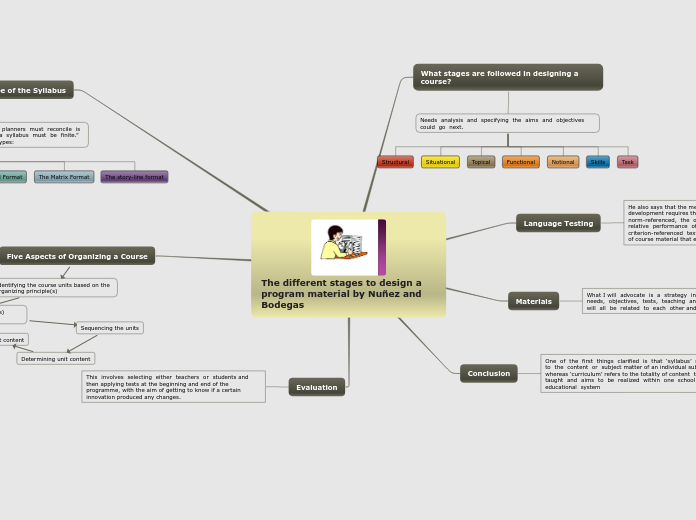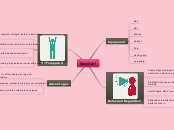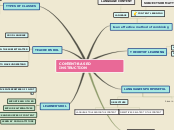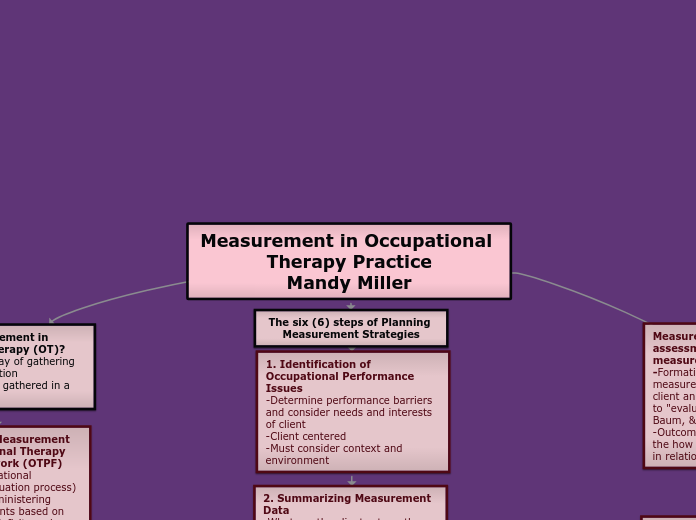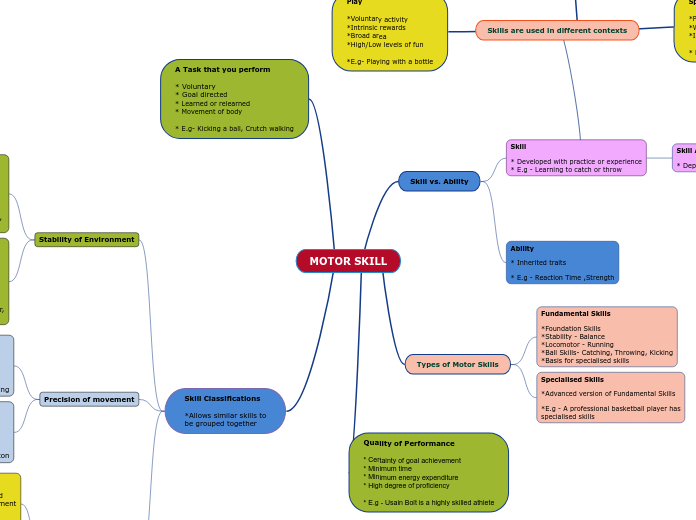par CRISTIAN ANDRES ALOMOTO CALO Il y a 3 années
330
The different stages to design a program material by Nuñez and Bodegas
When designing a course, it is essential to follow a structured process that includes several key stages. Initially, a needs analysis is conducted to determine the aims and objectives.
